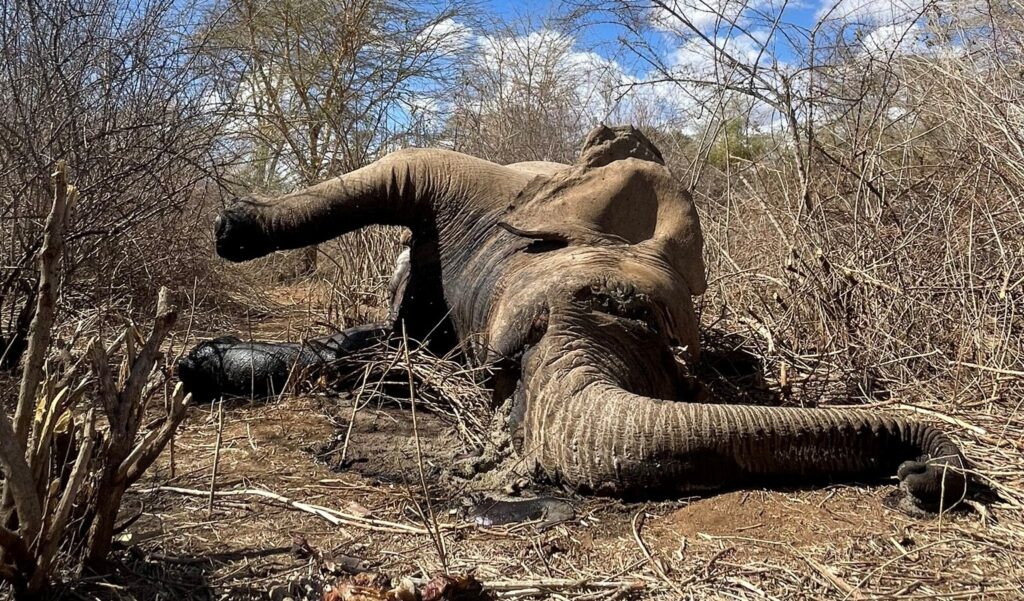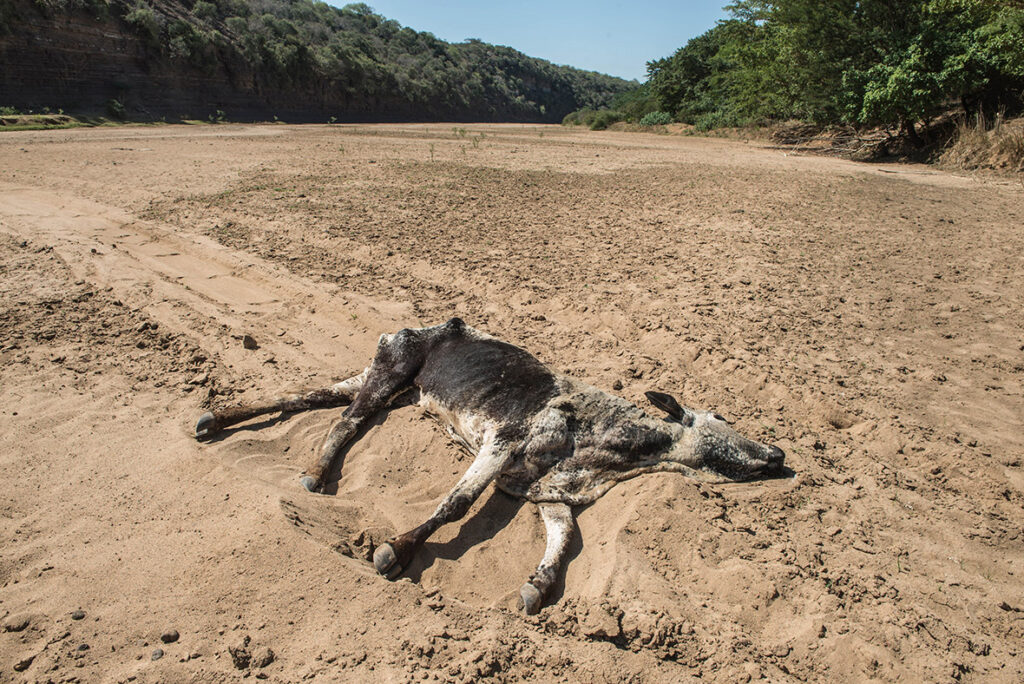Amidst the prevailing focus on historical issues like colonial rule and slavery, there’s a less recognized, yet equally significant, scramble for Africa driven by international finance and big business.
Four massive dam projects, exceeding the scale of the Kariba Dam completed in 1959, are either underway or completed. Lake Kariba, stretching over 280 kilometres (174 miles) in length and 40 kilometres (25 miles) at its widest point, gives a perspective on its size (bigger than Luxembourg in land size).
The four dams are:
- Grand Ethiopian Renaissance Dam (GERD), Ethiopia: Situated on the Blue Nile, it’s the largest dam in Africa (estimated cost: $6.4 billion).
- Grand Inga Dam, Democratic Republic of Congo: Planned on the Congo River at Inga Falls, with an estimated cost of around $80 billion.
- Julius Nyerere Hydropower Station (Stiegler’s Gorge Dam), Tanzania: Under construction on the Rufiji River, budgeted at $2.9 billion.
- Merowe Dam, Sudan: Completed in 2009 on the Nile River, with a construction cost of about $1.5 billion.
The primary purpose of these colossal dam constructions is to generate hydroelectric power for mines and irrigation. Though surplus electricity may be redirected to urban areas, the primary focus remains on powering or irrigating big businesses.

The environmental effects of these dams include:
- Disruption of Ecosystems: Altering the natural flow of rivers disrupts ecosystems upstream and downstream, affecting sediment transport and aquatic habitats.
- Loss of Biodiversity: Reservoir creation floods large areas, leading to habitat loss and species displacement or extinction.
- Water Quality Degradation: Trapped sediments degrade water quality, while stagnant reservoir water fosters algal blooms and reduces oxygen levels.
- Impact on Fish Populations: Dams obstruct fish migration routes, causing declines in fish populations.
- Greenhouse Gas Emissions: Reservoir decomposition releases greenhouse gases, contributing to climate change.
- Displacement of Human Communities: Large dam projects often necessitate the relocation of local communities, resulting in social and economic impacts.
- Alteration of Natural Landscapes: Flooding valleys and changing physical geography alter landscapes permanently.
- Downstream Effects: Reduced river flow downstream affects agriculture, fisheries, and freshwater availability.
While environmental degradation continues, African populations face challenges such as vulnerability to external factors, rising debt levels, and persistent poverty and inequality.

There are no winners in the relentless destruction of our environment, including big corporations and global financiers. Valuing our environment entails allowing local communities to manage their land and cultivate native, drought-resistant crops like Sorghum, Millet, Feff, Fonio, and Marama beans. Grassroots management of land by local people and tribes is crucial to halting environmental degradation, rather than reliance on corrupt governments supported by international financiers.
I hope this information will be promoted in schools and universities. The more people who are informed about the destruction of our planet, the greater chance there is of reversing these evil trends.